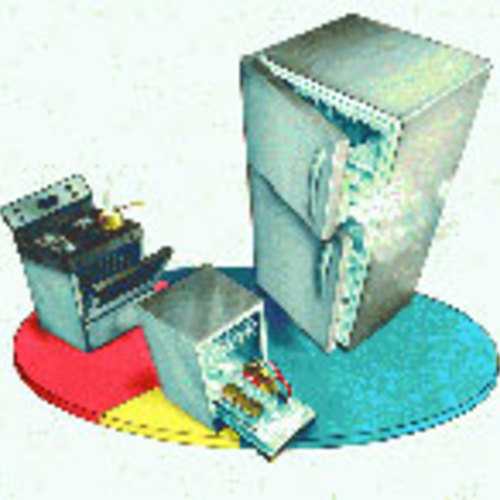
This article is only available to GBA Prime Members
Sign up for a free trial and get instant access to this article as well as GBA’s complete library of premium articles and construction details.
Start Free TrialAlready a member? Log in
The complete source for building, designing, and remodeling green homes

Sign up for a free trial and get instant access to this article as well as GBA’s complete library of premium articles and construction details.
Start Free TrialAlready a member? Log in
Get building science and energy efficiency advice, plus special offers, in your inbox.



Do you really want to delete the list, ?
This won't delete the articles you've saved, just the list.
This feature has been temporarily disabled during the beta site preview.
5 Comments
Rough-in for solar
What needs to be done to do a rough-in for future solar panels on the roof for a new construction home? How should this be done?
Click the "Q&A"tab
Jonathan,
If you click the "Q&A" tab at the top of the page, you'll be taken to a page where your question should be posted. That's the best place to ask questions such as yours.
Design Note
Most of the little roof pitch diagrams in your roof angle graphic are labeled backwards.
Thanks for noticing
Rick,
Thanks, Rick, for your sharp eye. We have corrected the drawing.
Confusedus Say:
You're welcome, but always be on the look out for making a new mistake while you're fixing an old one.
Log in or become a member to post a comment.
Sign up Log in